Explore the history and achievements of Asian Americans with activities, videos, and more for AANHPI month (and beyond).

There are approximately 20 million people in the U.S. who identify as Asian, but that population represents an enormous range of diversity across backgrounds, cultures, and countries. And that number doesn't include people who identify as multiracial. It's impossible to fully represent all of the rich histories and heritage placed under the umbrella of "Asian," but Asian American, Native Hawaiian, and Pacific Islander month does offer a special opportunity to teach lessons by and about Asian people. From the Koreas to the Philippines, Japan to Pakistan—there's a wealth of information that students can learn from and enjoy.
Many of the resources below were created by Asian scholars, artists, and professionals, and span topics from art to civics, geography, music, STEAM, and so much more. They're organized by approximate grade band, though many of them can be modified for different age groups, so be sure to check out resources from a variety of sections. These activities and sources include book lists, first-person account videos, podcast episodes, art projects, virtual field trips, and other formats to ensure there's something for every student. Incorporate these lessons into your curriculum to celebrate this month, and to create a well-rounded classroom experience for all students, year-round.
Lesson, Resource, and Site Collections for All Grades
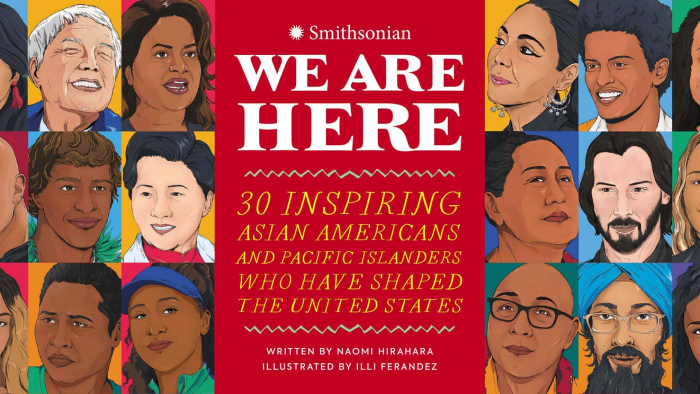
- The Smithsonian has a ton of materials for all ages, from full-length lessons to discussion starters. They also have a list of 30 inspiring Asian Americans and Pacific Islanders who have helped shape the United States. While you're there, you can also take a look at these anti-racism resources.
- PBS LearningMedia hosts a collection of videos, lessons, and more for all grade levels. They're easy to search and sort to fit your classroom's needs.
- This collection of lessons from the Asian American Education Project is organized by subject area, time period, topics, and grades so you can explore specifics more easily.
- The National Consortium for Teaching about Asia compiled a book list by grade and country. Check out folktales, biographies, and series by Korean, Vietnamese, Chinese, and Japanese authors.
- The Asian Art Museum has 10 pages of activities that span topics from STEAM to world languages. You can filter by grade band and topic, and can pick whether you're looking for an activity, lesson, teacher packet, or video.
- The Zinn Education Project includes profiles of people and events and covers topics like immigration, imperialism, laws and citizen rights, and more.
- The Japanese American National Museum offers resources including printable curricula, first-person account videos, and web activities.
- Share My Lesson has compiled a list of 84 AAPI heritage resources that can be used for any age.
- The Center for East Asian Studies at the University of Chicago has created an extensive list for educators that expands on some of the resources highlighted on this list.
- You can take a look at Facing History and Ourselves for a list of 11 resources for teaching about AAPI experiences. One of the resources from this list that stands out is a live, guided virtual visit through the Japanese American National Museum.
- Education World offers a lesson for K–12, Act It Out: Dramatizing Stories from Asian American Cultures, which asks students to select folktales, fairy tales, and myths from Asian American cultures and create their own skits or stories about them.
- You can also use Education World's Asian American Profiles lesson plan to have students create a book of short biographies about prominent Asian Americans.
- The National Education Association has a collection of resources and lesson plans categorized by grade level. You'll find ready-made lessons on subjects from creating Japanese carp kites for K through 5, to this group of lessons from iCivics about notable Supreme Court cases.
Activities and Resources for Preschool to Third Grade
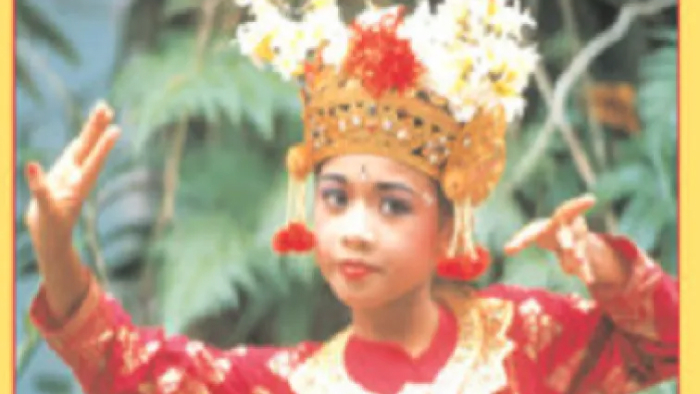
Audio/Stories
- Take a look at this guided reading lesson plan for the book Tuti's Play, about a young girl from Bali and all the steps she takes to participate in a play. Students can learn new vocabulary and connect her experience with their own.
- Watch Sesame Street's Yo-Yo Ma: The Jam Session to learn a bit about the Chinese cellist, and classical and jazz music.
- Waterford.org provides a list of resources for celebrating AANHPI Month, including book lists, activities, and even this detailed lesson-plan list for cooking with STEAM concepts.
Videos
- This eight-minute video from Learn Bright covers the basics about China, from geography to significant wildlife. It's divided into segments in case you need to break it up.
- Also from Learn Bright, this video gives a similar overview of India!
- Kids love pandas, so use this video from Travel Kids—delivered from kids' perspectives—as an entry point into China via the giant panda!
- In this animated video from MocomiKids, one of the stories associated with the celebration of Diwali is explained.
- With some incredible rhymes, this song about India from JEOGRAPHY Songs is packed with facts, so you'll likely want to pause and view it in parts.
Activities
- We Are Teachers shares a list of 18 At-Home Adventures through Asia. Whether in school or at home, you can take students on a virtual field trip, discover Asian American women musicians, and design with geometry.
- Learn about migrating elephants with this Elephant Explorers activity from the Asian Art Museum. By creating their own elephants, students can begin to learn about topics like deforestation, urbanization, and habitat loss.
- The Asia Society features a collection of short presentations with printables that introduce a variety of Asian countries with geography, some history, and hands-on activities.
Games
- Learn some new games that span Asian cultures, including boi-boi and tumbang preso. All of the games involve simple equipment and are easy to organize. Before playing each game, show kids the games' places of origin on the map!
Activities and Resources for Third to Fifth Grade
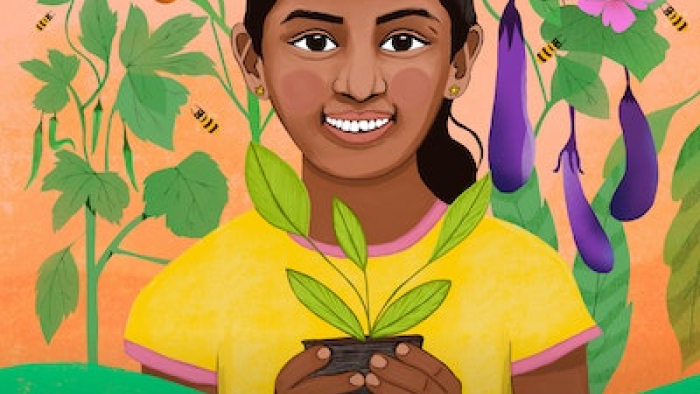
Audio/Stories
- Listen to this clip from NPR about how Japanese tradition has inspired a clothing upcycling trend, and use the discussion questions to lead students through a conversation about history and sustainability.
- Dewmini Read, a girl who became an agriculturist and activist in Sri Lanka, is featured in this episode of the podcast Good Night Stories for Rebel Girls.
- Try this audio parable from the podcast Circle Round about townspeople in Taiwan who try to take more than they need.
Videos
- From Nat Geo Kids, this video would make a great introduction to a lesson or unit on Asia, as it covers some of the geography and fun facts that will put kids in awe.
- This video from TED-Ed covers the rise and fall of the Mongol Empire and includes lots of fascinating tidbits about trade wares and the legacy of different factions.
Activities
- This activity about migration will help students understand what it means to be a migrant, and spur them to compare their origin stories to others in the class. Students can do research to find out stories about their families, create suitcases with different materials, decorate them, and display them.
- Make identity accordion zines that are inspired by Filipino American artist Carlos Villa. By downloading the zine template, students can think about who they are and the experiences that shaped their identity while they create ink prints to share with their peers.
- Use this artistic map created by Kolkata-based artist Jayashree Chakravarty to have students create maps of their own personal space. You could watch this video of her describing the work, and pair it with this reading about environmental awareness in Kolkata for older students.
- Create a Japanese carp wind sock in celebration of Children's Day with this lesson plan from International Folk Art, complete with key vocabulary.
Games
- Not only does the Chinese Historical & Cultural Project provide the Chinese origins of some popular games, but it also includes some to try. Some only require two players, and some can involve the whole class.
- Try any one (or more!) of these traditional games from all around Asia, including some that will get kids doing geometry as they create game materials and stretch their strategic skills.
Activities and Resources for Sixth to Eighth Grade
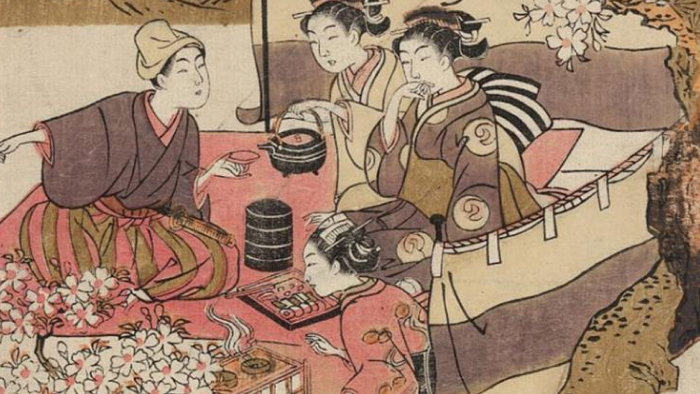
Audio/Stories
- Listen to episodes from Asian American History 101, created by a father/daughter duo. Episodes vary in length but hover around 20–30 minutes. They feature more commonly covered Asian history as well as lesser-known events.
- They Call Us Bruce is a podcast by Jeff Yang and Phil Yu that centers around interviews with wide-ranging Asian American figures and topics, with episodes about an hour long that would be great discussion starters.
- Check out this episode of Dear Asian Americans that features Vice President Kamala Harris, beginning with her roots. Then check out the interviewees in other episodes.
- Listen to this representation-focused episode of the podcast School Me with author Wendy Shang to dive into her experience and the importance of telling your story.
Videos
- Use this video from PBS to highlight the case of Wong Kim Ark, which solidified the right to American citizenship for those born within its borders.
- This video from Newsthink brings together geography, technology, and politics with a simple explanation of why Taiwan is so important to world economics—the silicon microchip.
- With connections to K-pop and other aspects of Korean culture, this video on the idea of hallyu explains the rising popularity of Korean entertainment and art.
Activities
- Try this samurai symbol-creation activity from the Asian Art Museum to get kids to reflect on what they care about most. You can pair it with a writing/presentation activity for more depth.
- The National Endowment for the Humanities provides activities about the world of haiku. Use their guiding questions to dive deeper into Japanese culture and this unique art form.
- Use the Asian Art Museum's lesson on why script matters to discover the importance of Arabic script and calligraphy, and discuss how script can impact the reader.
- The Library of Congress offers a huge catalog of primary documents that can be used to supplement lessons on immigration challenges, like this information on Japanese immigration that students can analyze.
- Explore the Library of Congress' Asian/Pacific heritage curriculum collection for middle school and above to find just the right lesson for your classroom.
Activities and Resources for Ninth to Twelfth Grade
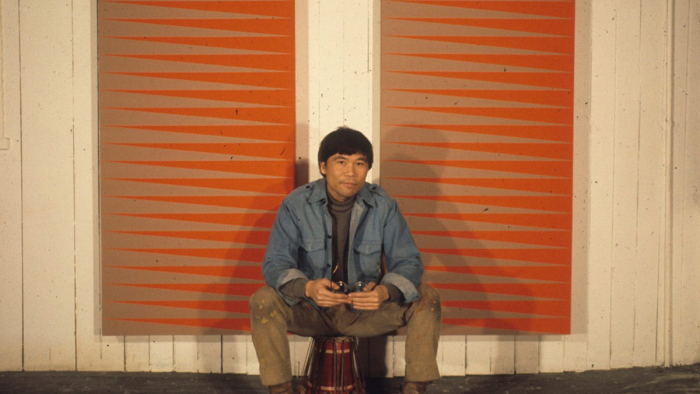
Audio/Stories
- Take a look at AsAmNews as a source for well-organized contemporary stories and articles about and impacting Asians around the world. Students can use articles for research projects, or they can be used for classroom discussion.
- Check out this lesson about Filipino American painter Leo Valledor and teach students about how jazz influences art.
- The National Endowment for the Humanities provides a virtual bookshelf that leads out to various projects that explore the Asian American and Pacific Islander experience. Like this one on Hmong heritage.
- The NEH also provides a detailed lesson plan with outlined background, preparation, lesson activities, assessment suggestions, and lesson extensions about the Jataka tales, which focus on the concepts of karma and samsara.
- The Asian Art Museum has an introduction to geography of Southeast Asia, Korea, Japan, China, and more, which is great for reading a quick synopsis of each location.
- We Teach NYC has a collection for celebrating Asian American experiences in the classroom, including book lists and an interesting article about tension and solidarity between Black and Asian American communities, along with guiding questions.
Videos
- Use these #IAM video profiles from CAPE to start a discussion about representation, and then have students make their own!
- The Library of Congress offers a blog with primary resources to celebrate Asian Americans and Pacific Islanders, including resources on language, poetry, race, and identity.
Activities
- Check out the interactive East Asia in Geographic Perspective chart from Columbia University to learn about regions, human systems, and industry and economy—just to name a few!
- Use this hour-long lesson plan for how to pen a pantoum poem for middle and high school students. The site provides a template, examples, and a step-by-step procedure.
- The Asian Art Museum has a great lesson on public art and civic participation where students can focus on the value of public art.
- Use this lesson from the National Archives to have students examine primary sources about the Chinese Exclusion Act and the 1899 Export Exhibition.
- This unique interactive timeline from ChangeLab gives important context to the historical events related to the stories of Asian Americans. Taking into account other historical events, politics, and resistance movements, this timeline provides an enormous amount of information.
- Asia for Educators also provides this list of Asian world history resources that can be used to source lesson plans, songs, maps, and literature from ~4000 BCE through the 21st century.
- NextShark is a source that specifically covers Asian and Asian American news for subjects across entertainment, tech, culture, and lifestyle. Assign articles for students to read and reflect on, or use them as prompts to kick off class discussions or debates.





